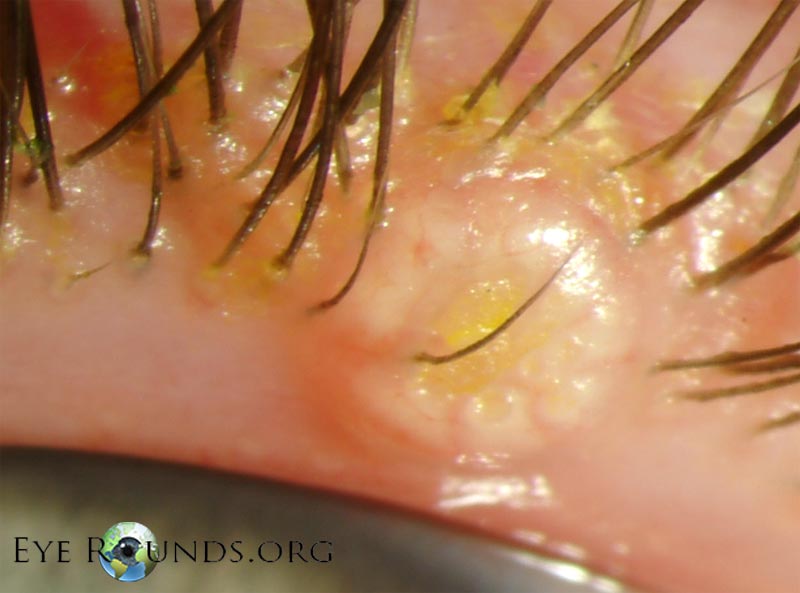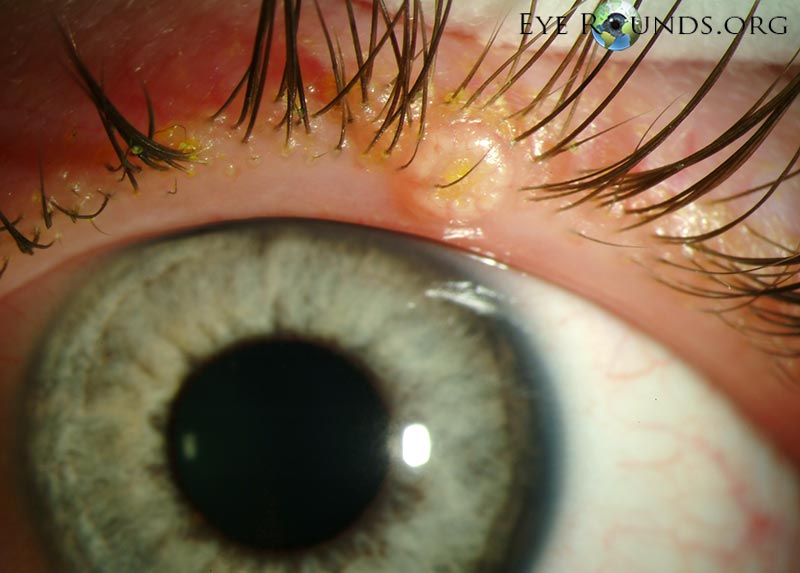Molluscum Contagiosum, often abbreviated as MC, is a common viral skin infection that primarily affects children and individuals with weakened immune systems. This condition is characterized by small, raised bumps on the skin that are usually painless but can cause discomfort or itching in some cases. While it is not considered a serious health threat, understanding its causes, symptoms, and treatment options is essential for effective management. In this article, we will explore everything you need to know about Molluscum Contagiosum.

What is Molluscum Contagiosum?
Molluscum Contagiosum is a viral infection caused by a specific type of virus known as the molluscum contagiosum virus. This virus belongs to the poxvirus family, which includes other well-known viruses like smallpox. The infection manifests as small, dome-shaped bumps on the skin, often referred to as mollusca. These bumps are typically flesh-colored or pink and have a dimple in the center. They can appear anywhere on the body but are most commonly found on the face, arms, legs, and trunk in children, while adults may experience outbreaks in the genital area.
The condition is highly contagious and spreads through direct skin-to-skin contact or by touching contaminated objects such as towels, clothing, or toys. It is particularly common in environments where close physical contact occurs, such as schools, daycare centers, and sports facilities.
Causes of Molluscum Contagiosum
The primary cause of Molluscum Contagiosum is the molluscum contagiosum virus. This virus thrives in warm, humid environments and can survive on surfaces for extended periods, making it easy to transmit from one person to another. Below are some of the common ways the virus spreads:
- Skin-to-Skin Contact: Direct contact with an infected person is the most common mode of transmission. This includes activities such as hugging, wrestling, or sexual intercourse.
- Contaminated Objects: Sharing personal items like towels, razors, or clothing can facilitate the spread of the virus.
- Scratching or Rubbing: Scratching the bumps can cause the virus to spread to other parts of the body or to other individuals.
- Waterborne Transmission: The virus can also spread in swimming pools or shared baths, although this is less common.
Individuals with compromised immune systems, such as those living with HIV/AIDS or undergoing chemotherapy, are at a higher risk of contracting the infection and experiencing more severe symptoms.
Symptoms of Molluscum Contagiosum
The symptoms of Molluscum Contagiosum are relatively easy to identify, although they may vary depending on the individual’s age and immune status. Here are the most common signs and symptoms associated with this condition:
- Small Bumps on the Skin: The hallmark symptom of Molluscum Contagiosum is the appearance of small, raised bumps. These bumps are usually between two to five millimeters in diameter and have a smooth, pearly surface.
- Dimpled Centers: Each bump often has a small indentation or dimple in the center, which may contain a white, waxy core.
- Itching or Irritation: Some individuals may experience mild itching or irritation around the bumps, although many cases are asymptomatic.
- Localized Outbreaks: The bumps tend to appear in clusters, especially in areas where the skin has been scratched or irritated.
- Prolonged Duration: Unlike many other viral infections, Molluscum Contagiosum can persist for several months or even years if left untreated.
In children, the bumps are most commonly found on the face, neck, arms, and hands. In adults, the infection often occurs in the genital area, suggesting transmission through sexual contact.
Risk Factors for Molluscum Contagiosum
Certain factors can increase the likelihood of contracting Molluscum Contagiosum. Understanding these risk factors can help individuals take preventive measures to reduce their chances of infection. Some of the key risk factors include:
- Age: Children between the ages of one and ten are at a higher risk due to their frequent physical interactions and underdeveloped immune systems.
- Weakened Immune System: Individuals with conditions that compromise the immune system, such as HIV/AIDS or cancer, are more susceptible to severe and prolonged infections.
- Living in Warm, Humid Climates: The virus thrives in warm and humid environments, making outbreaks more common in tropical regions.
- Participation in Contact Sports: Activities like wrestling or gymnastics that involve close skin-to-skin contact can increase the risk of transmission.
- Poor Hygiene Practices: Sharing personal items or failing to wash hands regularly can contribute to the spread of the virus.
Treatment Options for Molluscum Contagiosum
While Molluscum Contagiosum often resolves on its own without treatment, some individuals may seek medical intervention to alleviate symptoms or speed up recovery. The choice of treatment depends on factors such as the severity of the infection, the location of the bumps, and the patient’s age. Below are some of the most common treatment options:
1. Observation and Monitoring
In many cases, healthcare providers recommend simply monitoring the infection without active treatment. This approach is particularly suitable for children, as their immune systems are often capable of clearing the virus within six to twelve months. During this time, it is important to avoid scratching or picking at the bumps to prevent secondary infections or spreading the virus to others.
2. Topical Treatments
Topical medications can be applied directly to the bumps to promote healing and reduce discomfort. Some of the commonly used topical treatments include:
- Cantharidin: A chemical compound applied by a healthcare provider that causes the bumps to blister and eventually fall off.
- Imiquimod Cream: An immune response modifier that helps the body fight off the virus.
- Tretinoin Cream: A medication that promotes skin cell turnover and can help flatten the bumps over time.
3. Physical Removal
In some cases, healthcare providers may recommend physically removing the bumps. This can be done through procedures such as:
- Cryotherapy: Freezing the bumps with liquid nitrogen to destroy the infected tissue.
- Curettage: Scraping off the bumps using a specialized tool under local anesthesia.
- Laser Therapy: Using laser technology to target and eliminate the bumps.
4. Oral Medications
For individuals with widespread or persistent infections, oral antiviral medications may be prescribed. These medications work by boosting the immune system’s ability to combat the virus. However, they are typically reserved for severe cases due to potential side effects.
Prevention of Molluscum Contagiosum
Preventing Molluscum Contagiosum involves adopting good hygiene practices and minimizing direct contact with infected individuals. Here are some practical tips to reduce the risk of infection:
- Avoid Direct Contact: Refrain from touching or scratching the bumps on an infected person.
- Do Not Share Personal Items: Avoid sharing towels, clothing, razors, or other personal belongings.
- Practice Good Hygiene: Wash your hands thoroughly with soap and water after coming into contact with potentially contaminated surfaces.
- Cover the Bumps: If you have the infection, cover the bumps with clothing or bandages to prevent spreading the virus.
- Avoid Swimming Pools: Stay out of swimming pools or shared baths if you suspect you have the infection.
When to See a Doctor
While Molluscum Contagiosum is generally harmless, there are certain situations where it is advisable to consult a healthcare professional. These include:
- Persistent or Worsening Symptoms: If the bumps do not improve after several months or begin to spread rapidly, medical evaluation may be necessary.
- Signs of Secondary Infection: Redness, swelling, or pus around the bumps could indicate a bacterial infection requiring antibiotics.
- Underlying Health Conditions: Individuals with weakened immune systems should seek medical advice to prevent complications.
- Genital Involvement: If the infection occurs in the genital area, it is important to rule out other sexually transmitted infections.
By staying informed about Molluscum Contagiosum and taking appropriate precautions, individuals can effectively manage this common viral infection and minimize its impact on their daily lives.





